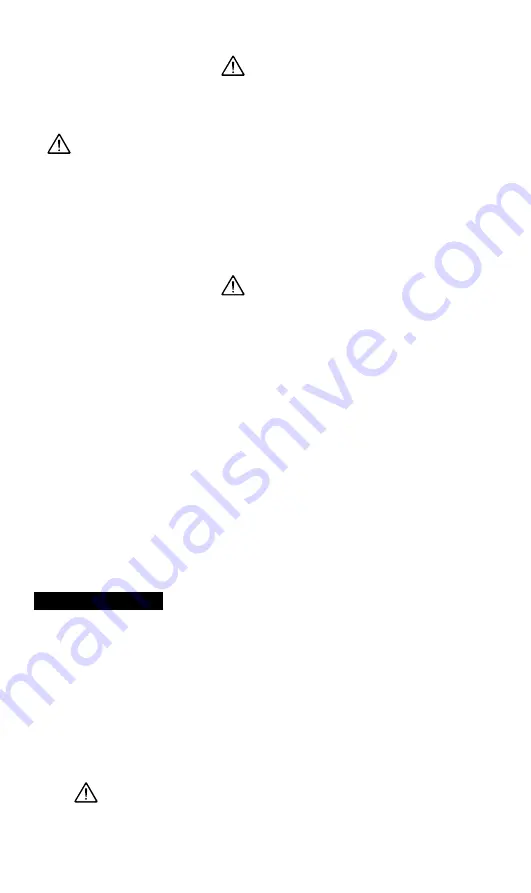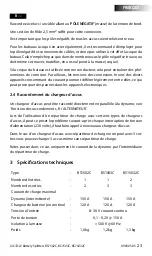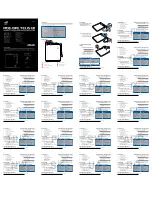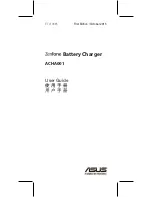
10
090305.05
vetus®
Battery Splitters BS1502C, BS1503C, BS15032C
W
ARNING
If the battery selector switch is placed in position ‘BOTH’ the batteries are connected
in parallel and isolator function of the diode splitter is by-passed.
D
ISCONNECT
ALL
BATTERIE
CABLES
BEFORE
INSTALLING
BATTERY
SPLITTER
! F
IRST
POSITIVE
WIRES
FROM
BATTERY
TERMINALS
.
Use cable with sufficient cross-section to connect the battery splitter. Select a wire
cross-section taking into account the maximum current which can be supplied by
alternator and/or battery charger.
Max. 120 A
⇒
25 mm
2
( AWG 4), max. 150 A
⇒
35 mm
2
(AWG 2).
W
ARNING
Heavy currents through wiring that is too thin, or resistance caused by bad connec-
tions, can generate excessive heat and could cause a fire.
Use good quality interconnection components.
Use matching cable terminals and a suitable crimping tool.
It is very important that the ring of the cable terminal corresponds with the M8
terminal of the battery splitter. If a cable terminal with an oversize ring is used, the
contact surface will be reduced substantially, as a result the terminals, due to con-
tact resistance, can be overheated.
(Generally the battery splitter will carry high currents if a high load is applied to the
battery (bow propeller, anchor windlass, inverter) while at the same time the alter-
nator and/or battery charger supplies current)
2.3 Function of the terminals
B+ ALTERNATOR
- Connect to the B+ terminal of the alternator.
- Where a battery charger is installed then also connect the battery charger plus
(+) to this terminal.
Instead of ‘B+’ one of the following markings may be shown: B+51, 51, B+30, B, BAT
or 30.
Normally the B+ terminal of the alternator is connected to that plus (+) terminal of
the starter relay where also the plus cable of the starter battery is connected.
R
EMOVE
THE
CONNECTION
FROM
ALTERNATOR
B+
TO
STARTER
RELAY
.











































